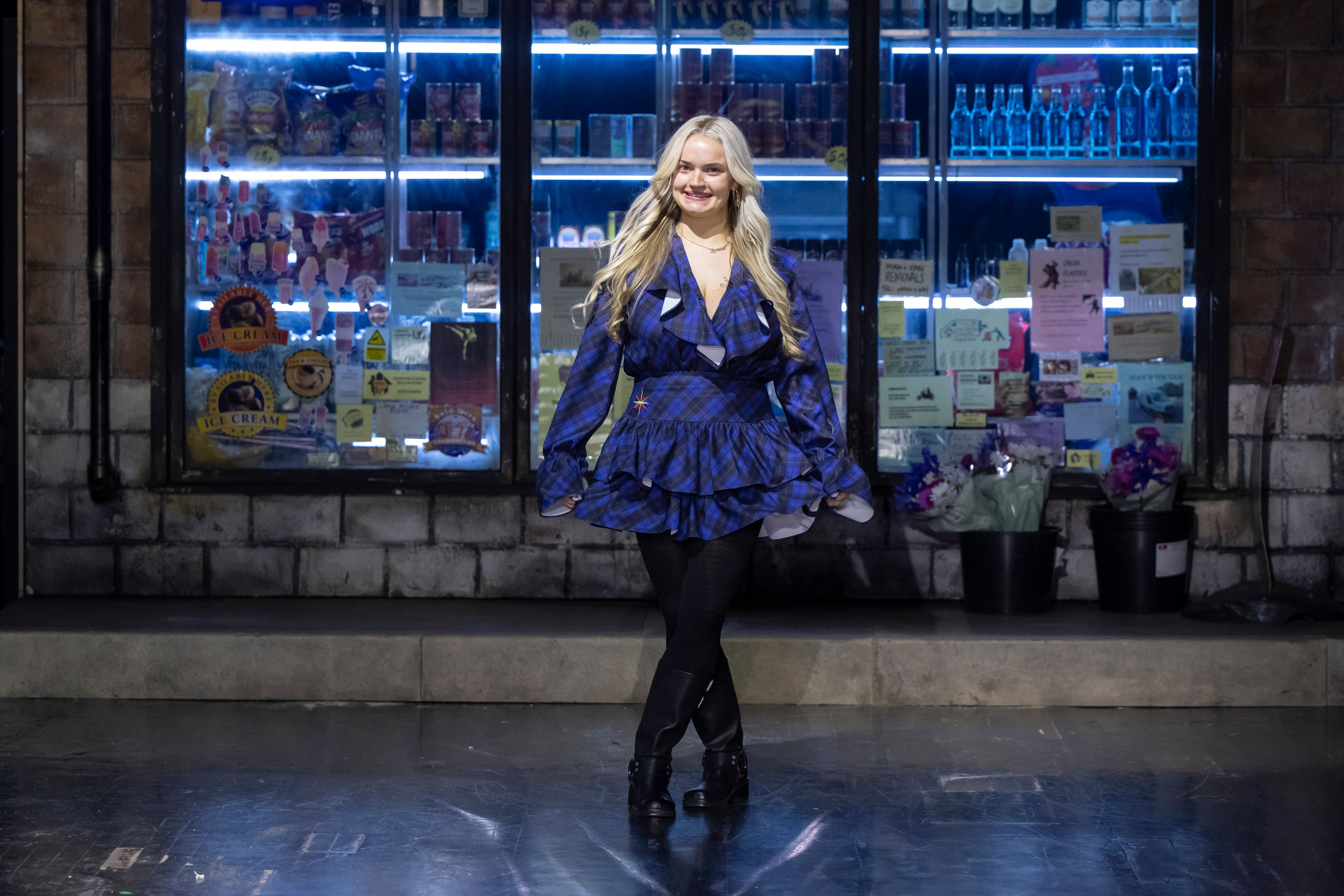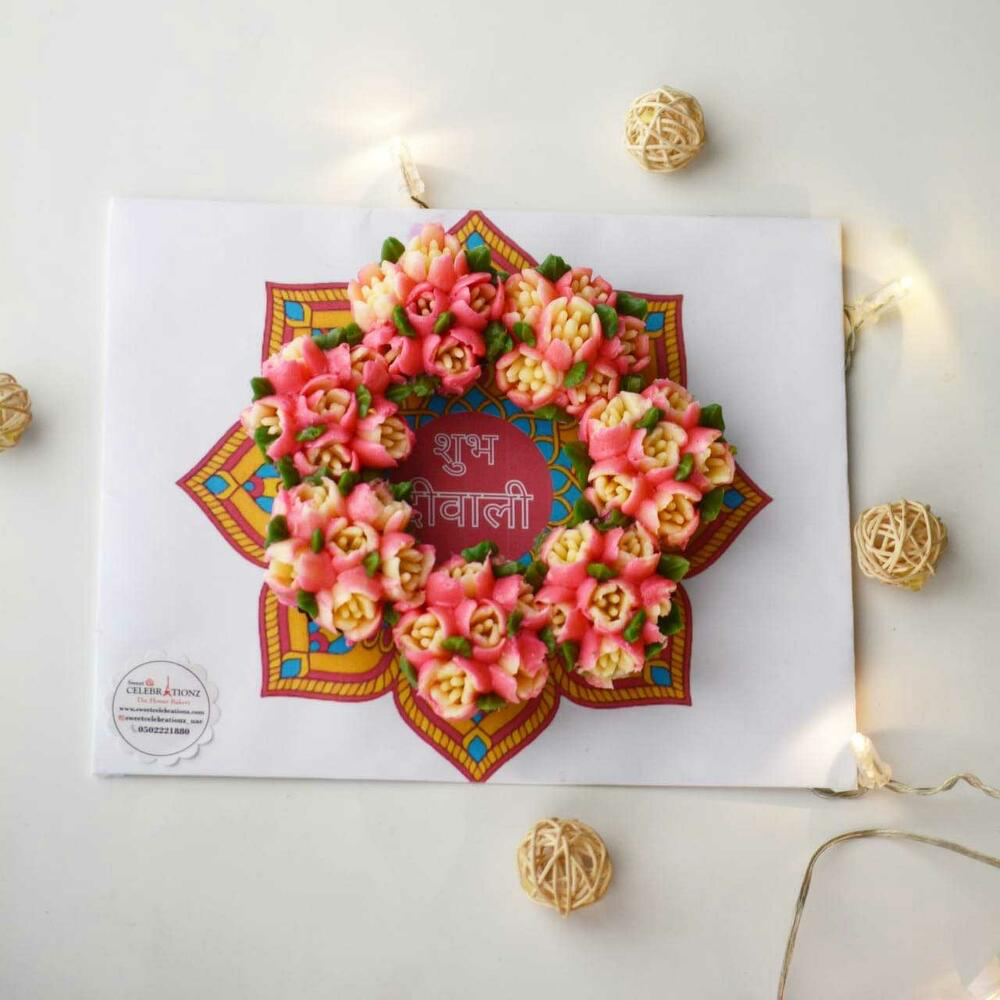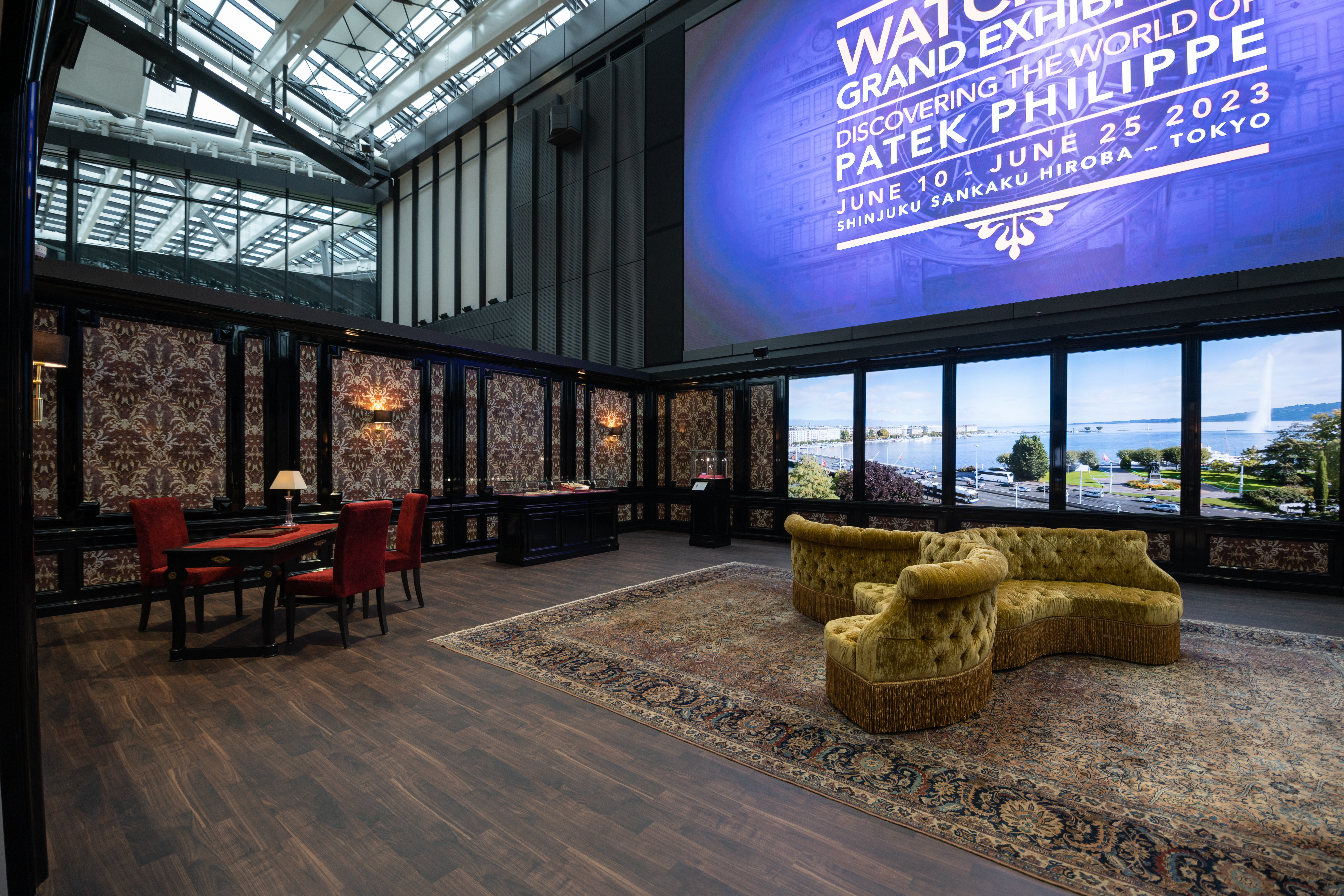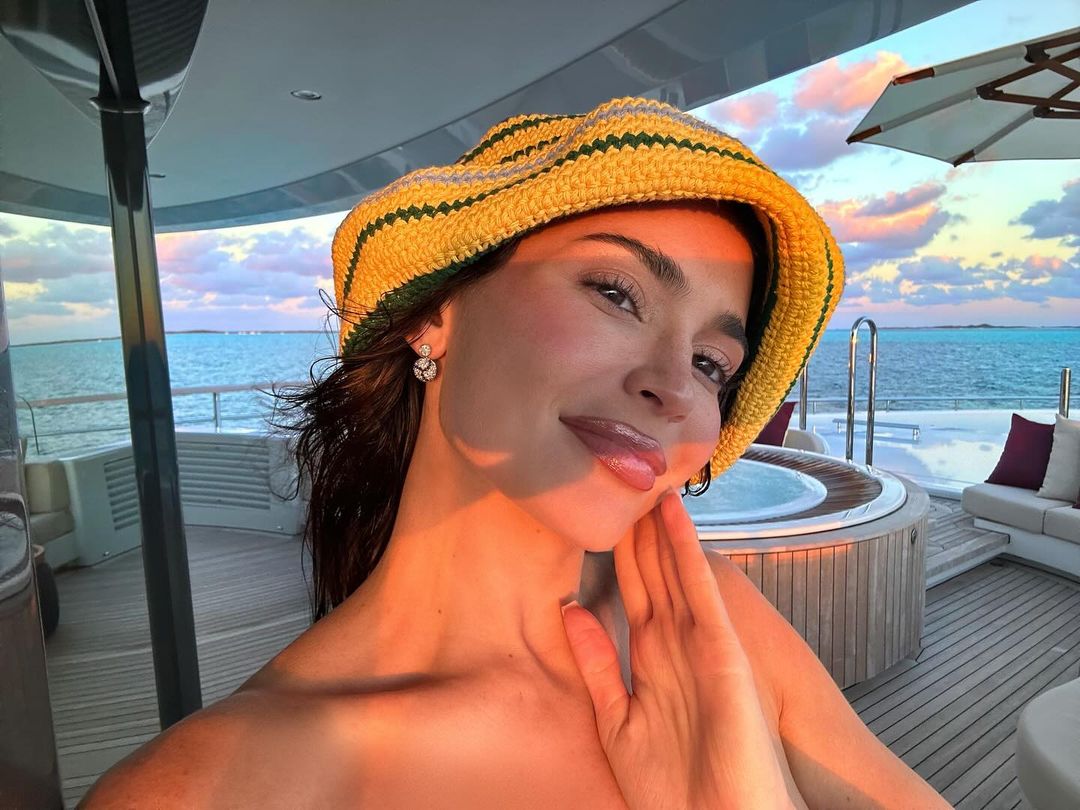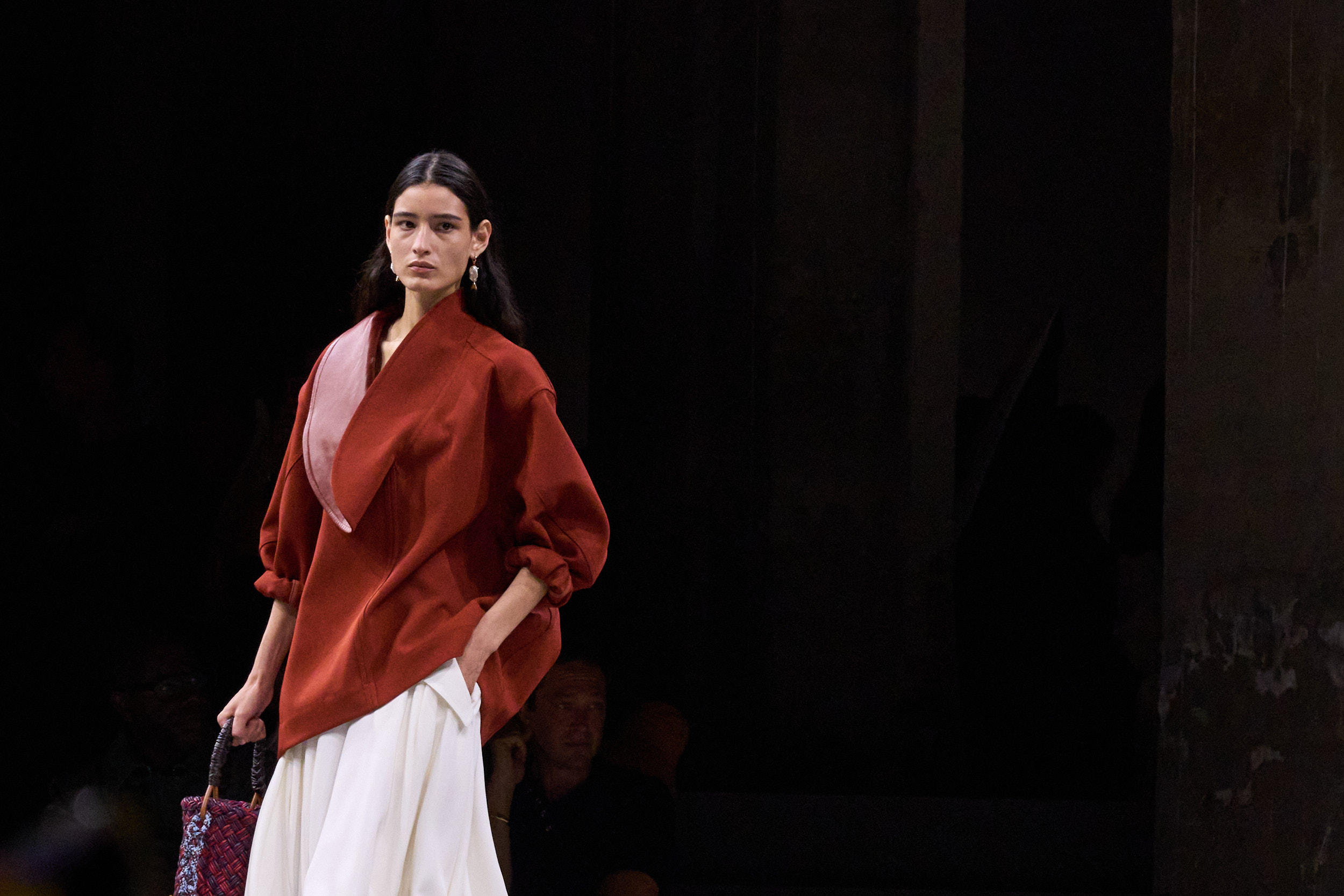
This Milan Fashion Week has certainly stood out from the others, perhaps for being a bit subdued. The reason for this, in my opinion, is the absence of Giorgio Armani closing the event. Armani, with both his business and stylistic solidity, traditionally held the reins of Milan Fashion Week, always wrapping it up beautifully and, as a result, keeping journalists and buyers from all over the world in the Italian city. This year, by the end of the week on Saturday, Milan was already empty, effectively diminishing the entire fashion week. In fact, the Sunday schedule did not include any shows from internationally acclaimed brands, thereby disincentivizing buyers, the press, and celebrities from staying. But let’s get to the collections, those of Spring/Summer 2025 (available in stores from April/May 2025), which were presented during these days.
There was a common thread among all the brands-except for Loro Piana, which has made minimalism its essence-namely the desire to bring an unprecedented sense of optimism to the runway: the sea and its hues at Roberto Cavalli, the Amazonian forests and butterflies at Gianvito Rossi, the exhilaration of the seventies at Tom Ford, and the Marche coastline at Santoni.
.jpg)
As for the shows, our fashion week kicked off with Fendi. For its Spring/Summer 2025 collection, Fendi celebrates its centenary by honoring the 1920s, the era that first inspired founders Edoardo Fendi and Adele Casagrande. Kim Jones, Fendi’s Artistic Director of Couture and Womenswear, draws inspiration from the fashion and attitudes of that time, highlighting the modernity that emerged in both style and thought. Jones points to key moments from 1925, such as the Art Deco exhibition in Paris and literary milestones like Mrs. Dalloway and The Great Gatsby. The collection features a luxurious reinterpretation of 1920s glamour, from flapper-inspired dresses to tunics and outerwear. Materials such as soft suedes, shearling, and silks are used with Fendi’s signature craftsmanship, creating a balance of contemporary design and old-world elegance. Accessories also take center stage, with the iconic Mamma Baguette bag reimagined in a larger form as a tribute to Adele Fendi. Silvia Venturini Fendi, Artistic Director of Accessories and Menswear, emphasizes the enduring importance of quality, a hallmark of Fendi's history and a value passed down by her grandmother, Adele. The collection masterfully blends past and present, reflecting Fendi’s century-long legacy of innovation and craftsmanship.
.webp)
Miuccia Prada and Raf Simons, then, capture the zeitgeist once again with their Spring/Summer 2025 collection, offering a bold critique of our algorithm-driven lives. Shortly after Meta’s announcement about new privacy settings for teenage Instagram users, Prada and Simons responded with a powerful message about individuality and creativity, challenging the uniformity imposed by algorithms. The collection mixed cowboy-inspired elements, sporty looks, and archival Prada pieces, creating a seemingly chaotic yet intentional disarticulation. This lack of cohesion was the point, rejecting the predictable "quiet luxury" trends and embracing the unpredictable nature of humanity. Each look reflected the present moment, celebrating contradiction and creative freedom. With no clear theme or chronological order, the collection symbolized the randomness of real life, standing against the linear narratives often dictated by fashion and algorithms. Prada and Simons’ vision is a manifesto for the future of fashion, championing transformation, individuality, and the unexpected in a world increasingly shaped by uniformity.
.avif)
For Gucci, Sabato De Sarno envisions his woman as cosmopolitan and contemporary, wrapped in oversized coats, tailored suits, and boots featuring the horsebit motif and the iconic Jackie bag: casual grandeur as he likes to call it. However, the real focus, beyond the brand’s now iconic colors such as the “rosso ancora” and green, orange, and white, was certainly the optimistic energy that permeated the collection, where sequins and intricate details took center stage and “A”-shaped silhouettes were prevalent. The real star of the show, however, was the Gucci Bamboo, introduced in 1947, which featured in jewelry and bags. One-of-a-kind Gucci Bamboo pieces, reimagined by Japanese artists, were an homage to Gucci’s 60-year presence in Japan.
.webp)
At Versace, which showed in the stunning setting of Milan's Castello Sforzesco, the optimism was present but delicate, like savoring a mint candy. The silhouettes were sexy, but the pastel colors, intricate knitwear, and contrasts between stripes and multicolored wavy patterns were important details that gave cohesion and solidity to the entire collection.
.jpg)
Bally, under Simone Belotti’s leadership, stepped out of its usual framework, evoking contrasting sensations. On one hand, there were floral and bucolic patterns; on the other, architectural constructions and exaggerated proportions made the overall aesthetic as interesting as it was bold.
.avif)
Stefano Gabbana and Domenico Dolce, meanwhile, finally reversed course, returning to what they do best: making women feel incredibly sexy. The entire collection was a tribute to Madonna—who attended the show—and the beautiful friendship and mutual admiration between the brand and the pop diva. From my perspective, this was foreshadowed by the background music before the show, which, surprisingly, wasn’t the magnificent Cavalleria Rusticana by Gioachino Rossini but rather hits by the singer. Models in blonde wigs reminiscent of the pop star’s Like a Virgin album cover, exaggerated cone bras, and heightened sensuality were at the forefront. The micro bags made the whole ensemble absolutely captivating, while the sharply heeled but not chunky shoes emphasized this creative vision of sensuality, undeniably rooted in the brand's DNA. The floral prints paired with corsets and black-and-white contrasts made the entire show a triumph of “Dolce&Gabbana-ness” that we all love.
.jpg)
Lastly, Bottega Veneta. Mathieu Blazy took inspiration from childhood for his collection. The seating at the show, made in collaboration with Zanotta and reminiscent of the film E.T., was shaped like animals such as foxes, cats, and roosters. Each attendee was seated in a chair chosen based on a personality study conducted by the Bottega Veneta team. I, for example, was seated on a pouff dog. And so, in this playful wunderkammer created by Blazy, models in impeccably tailored looks but with asymmetric pants or skirts, maxi skirts, and oversized jackets (like when you try them on as a child) walked the runway. The crumpled dresses, leather worked in every possible way and transformed into wigs, flowers, and bags of all sizes and shapes were a highlight. The most chic item of all? The woven leather violin case, absolutely delightful.
Thus concluded this Milan Fashion Week, which generally saw the fashion houses bring a newfound joy of life and an unexpected lightheartedness to the runway. Could fashion be the antidote to today’s pain and suffering? Only time will tell.
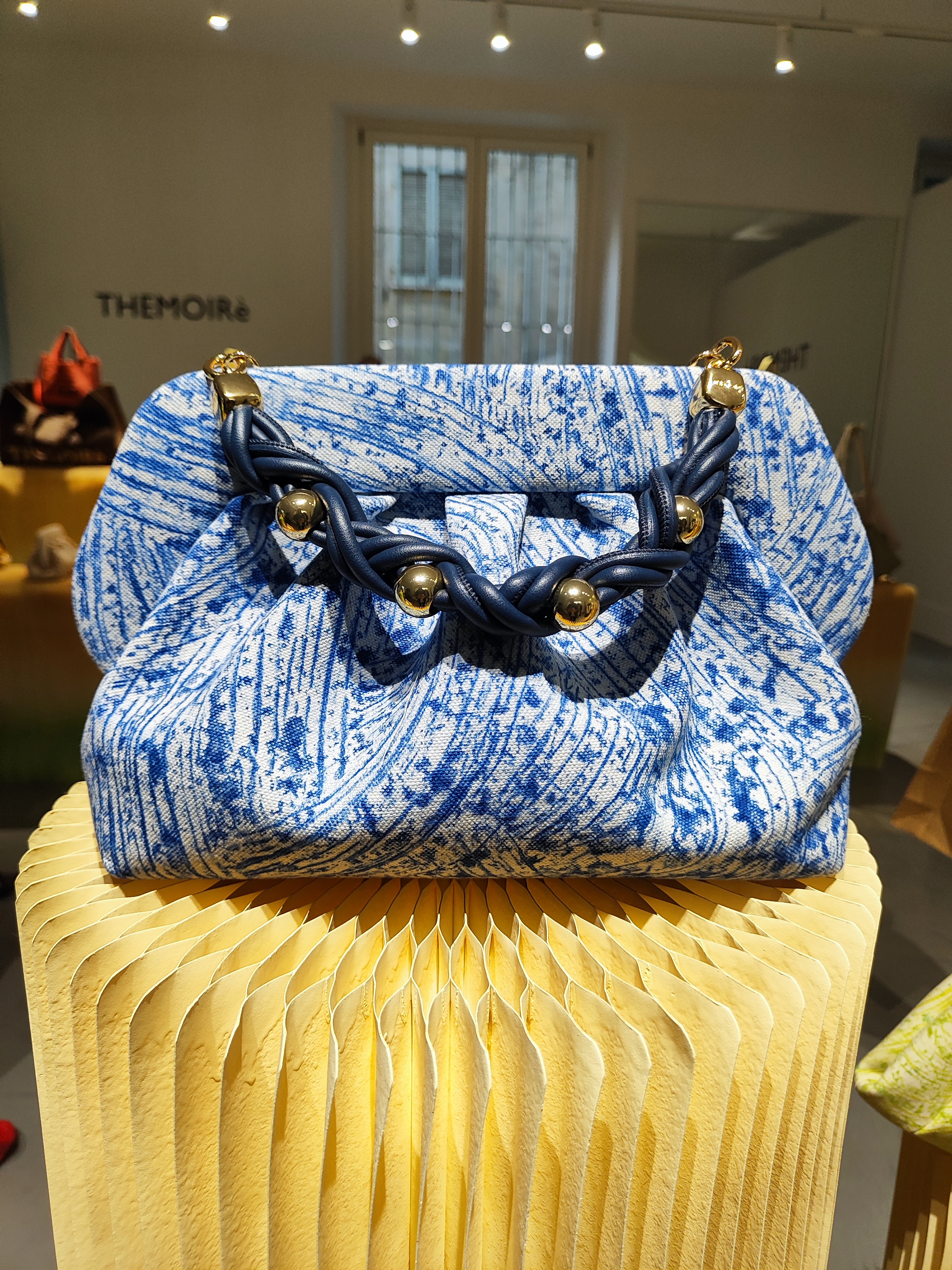
For sure, there were some brands that concretely went into this direction. In fact, speaking of the creative projects that have excited us the most, two truly stand out: THEMOIRè and CAVIA.
The first is an Italian handbag brand, while the second is a clothing label offering both men's and women's fashion. What is striking, beyond the excellent products from both brands, is the social message and the impact they have on their respective communities.
THEMOIRè, the Italian brand founded by Francesca Monaco and Salar Bicheranloo in 2019, collaborated for its upcoming SS 2025 collection, titled "Together," with the community of Gulu in Uganda. This collaboration not only provided work for the community (it was wonderful to see, during the presentation, photos of disabled young men and women meticulously crafting THEMOIRè bags) but also offered support to the families and individuals involved. The handbag collection, made entirely from recycled materials such as plastic or fibers from banana waste, is a vibrant display of colors and Ugandan craftsmanship, featuring techniques like straw stripping, which lends a picturesque yet abstract quality to the designs.
.jpg)
Cavia, on the other hand, was launched by Martina Boero shortly after the pandemic lockdown, and it stands out for two key reasons. First, the exquisite craftsmanship employed, often rooted in traditional Italian artisanal techniques like embroidery (this is achieved through collaborations with small craft workshops across Italy). Second, the brand’s unique production approach: limited drop-offs until the fabric is fully used. This can particularly be seen in the latest SS 2025 collection, inspired by a vibrant, colorful table setting where vintage "grandmother’s tablecloths" were repurposed into cocktail dresses, tops, and outerwear pieces. Simply delightful – or should we say, delicious!
Maximilian Davis at Salvatore Ferragamo transported his guests into the world of ballet. The entire set of the show resembled stage curtains, and the models, like étoiles, strutted in shoes reminiscent of ballet slippers, with straps climbing up their legs. The inspiration, though romantic, was reimagined through Davis’ contemporary lens, and it harks back to the first dance shoe designed by Salvatore Ferragamo in the 1930s. The clothes were tailored, and the silhouettes, though slim, had an echo of fluidity. The accessories were oversized, and the gold jewelry added character to Ferragamo étoile.
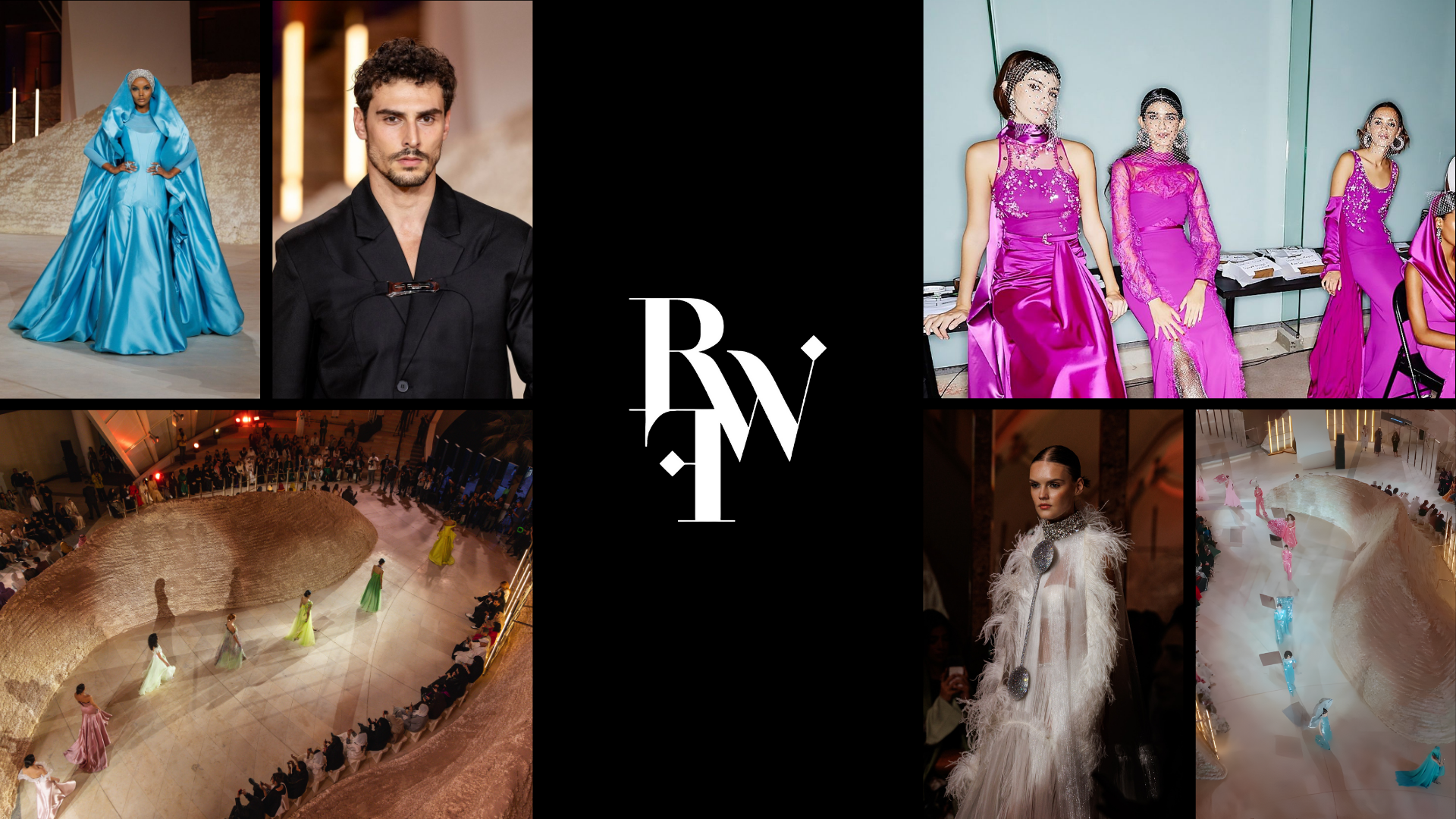
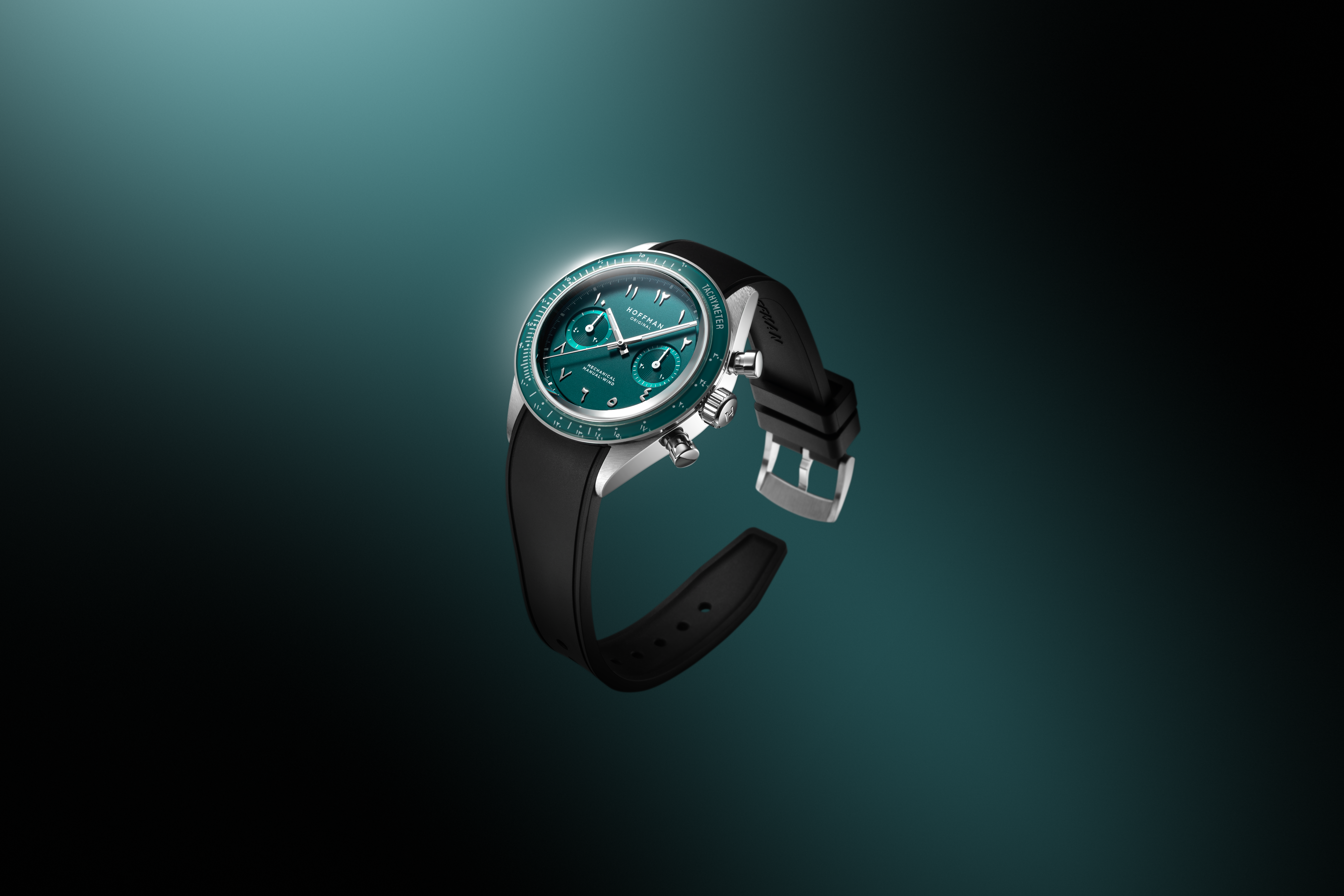
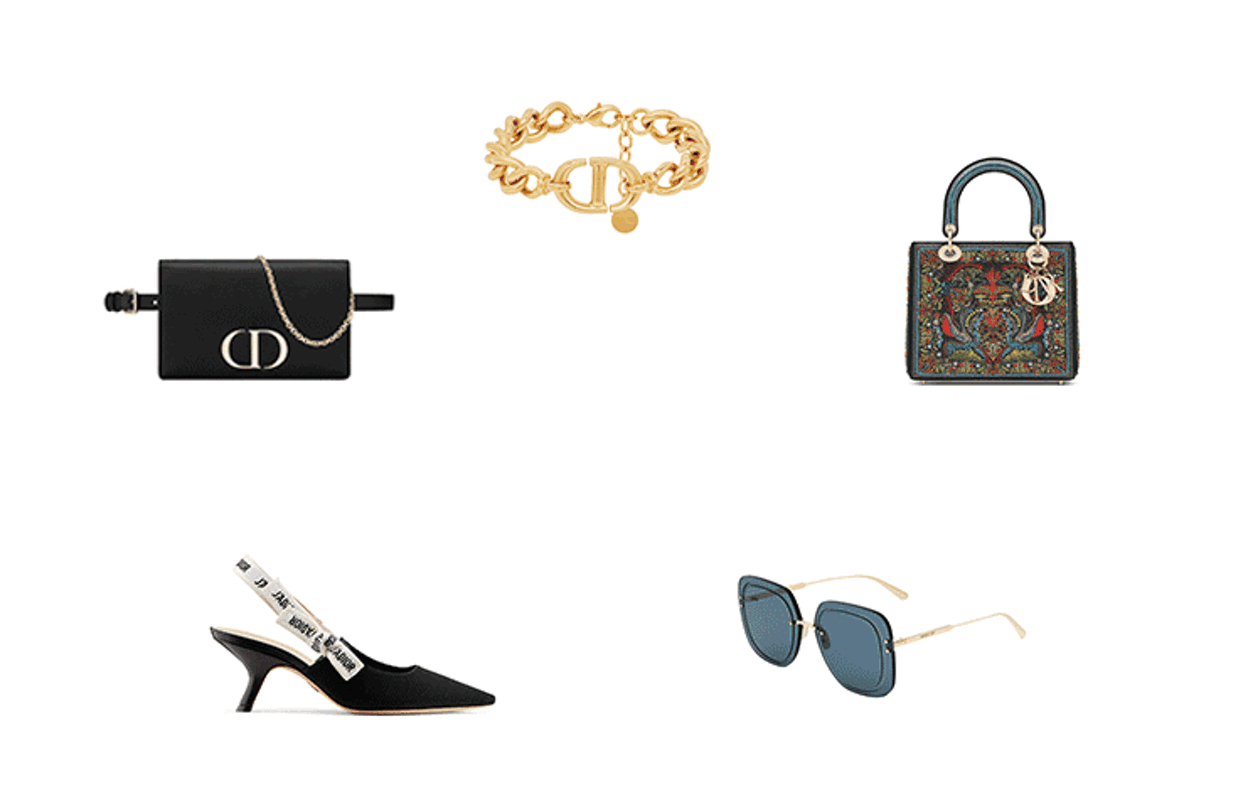

 AED 1,544.jpg)
